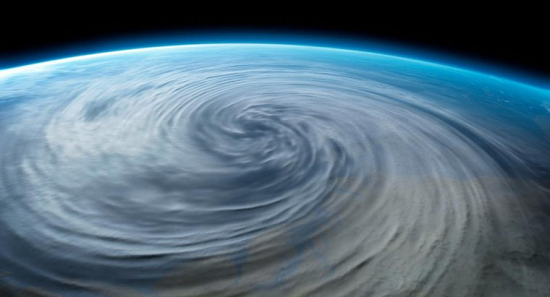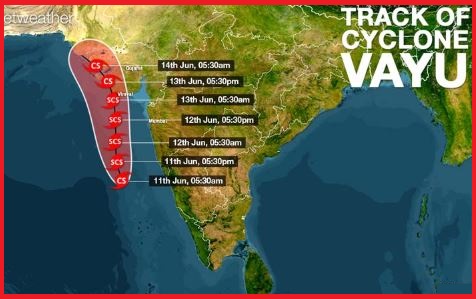Updated By: LatestGKGS Desk
Causes and effects of cyclones

The causes and effects of cyclones and speed of the cyclone
Cyclones are low-pressure systems which develop in the tropics, in the southern hemisphere. They are sufficiently intense to produce sustained gale force winds of at least 63 km/h on average that rotates in clockwise circulations. The severe tropical cyclone is also known as a Hurricane
Causes: Cyclone is caused by a combination of strong winds driving water onshore and the lower atmospheric pressure in a tropical cyclone. In the southern hemisphere, the onshore winds occur to the left of the tropical cyclone's path.
Tropical cyclones develop in the tropical ocean at least 5° - 30° latitude north or south of the equator, where the sea temperature is at least 27 °C.
Tropical cyclones are important on Earth for transferring heat and energy between the equator and the poles. Low pressure occurs either side of the equator and together with the air heated over the warm tropical ocean, results in thundery showers.
Effects: The main effects of tropical cyclones include heavy rain, strong wind, large storm surges at landfall, and tornadoes. Even well inland, heavy rainfall can lead to mudslides and landslides in mountainous areas.


